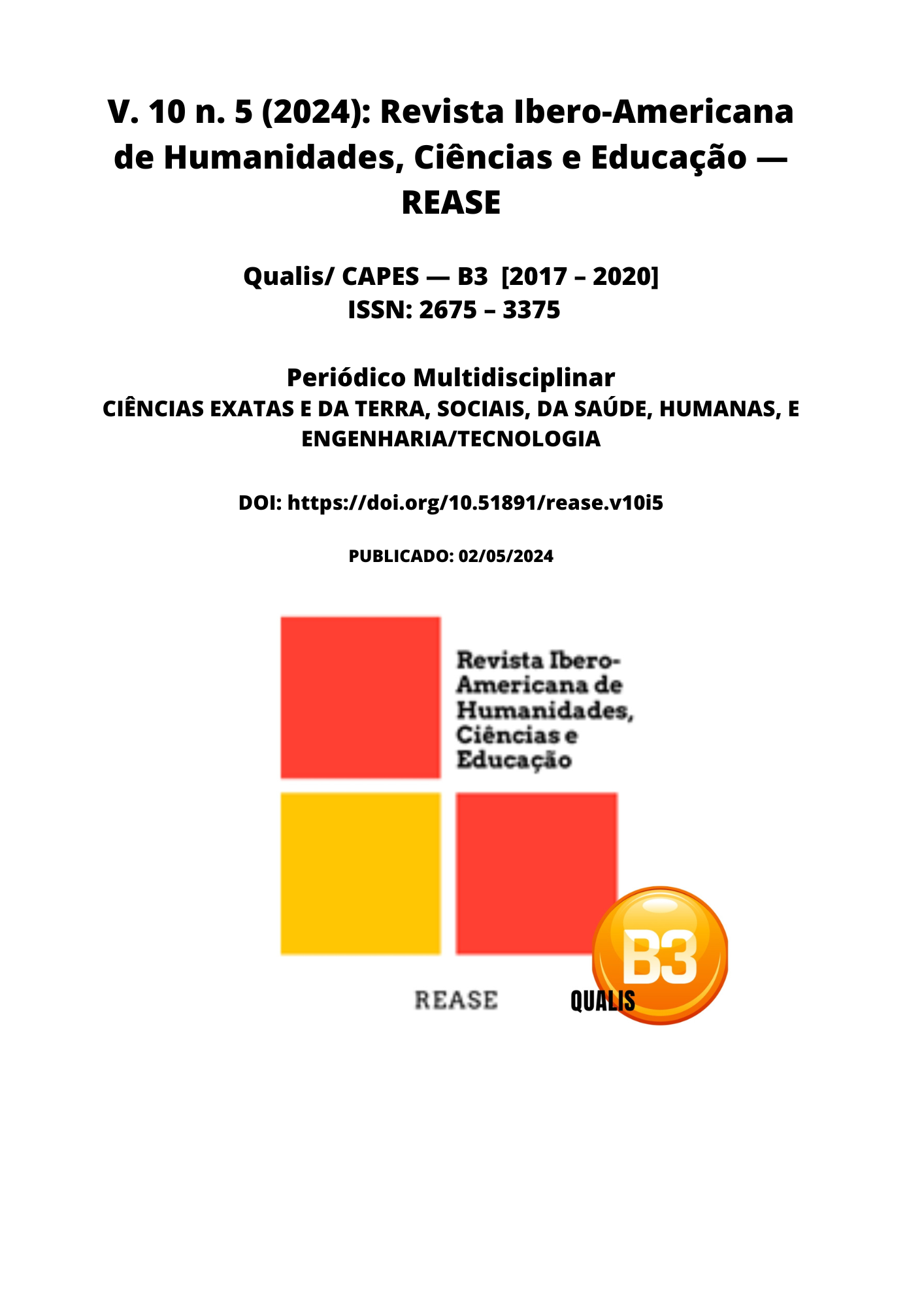HOW MAGNETIC RESONANCE CAN HELP IN THE NON-INVASIVE DIAGNOSIS OF PATIENTS WITH HEART PATHS
DOI:
https://doi.org/10.51891/rease.v10i5.13808Keywords:
Magnetic resonance imaging. Cardiovascular diseases. Cardiomyopathies. pharmacological stress. parametric map.Abstract
Magnetic resonance imaging (MRI) is an imaging method that uses a magnetic field to misalign hydrogen protons present in the human body. Therefore, the MRI device emits a radiofrequency pulse which will be responsible for misaligning the H+ protons. At the end of the generated pulse and the magnetic field is undone, the protons return to their initial position, generating energy that will be captured by the device's antenna and transmitted to the computers, providing the desired images. Therefore, it has been increasingly used to diagnose cardiovascular diseases early and to facilitate procedures. To this end, new techniques have been used to obtain more precise and detailed images. Of these techniques, the use of parametric maps stands out, a qualitative assessment of the same cardiac segment at different points and with variable modulations.
Downloads
Downloads
Published
How to Cite
Issue
Section
Categories
License
Atribuição CC BY

